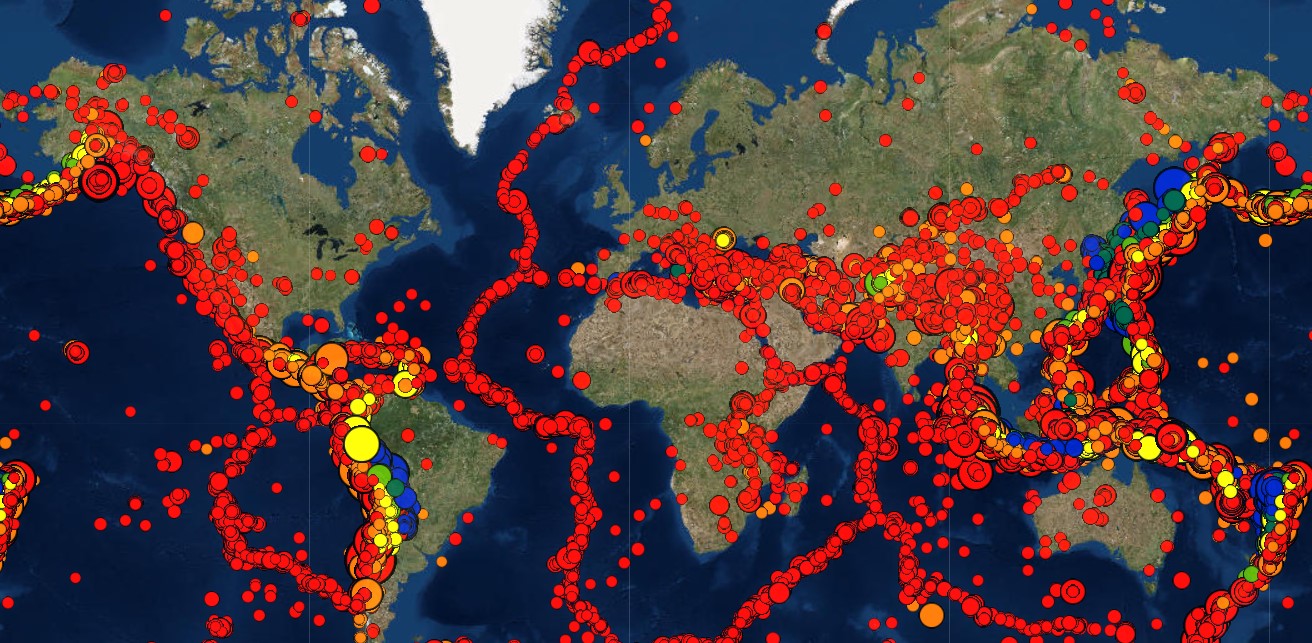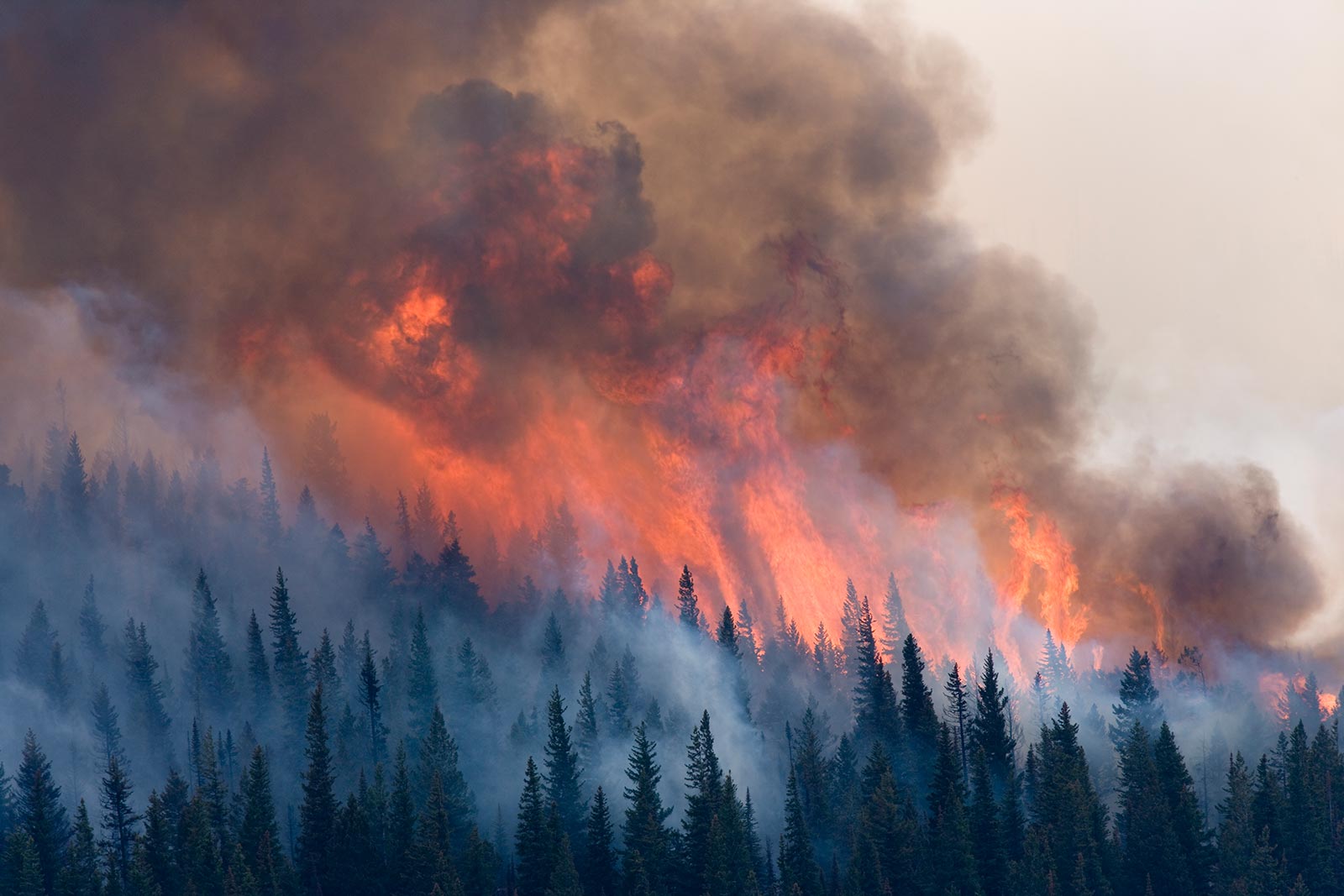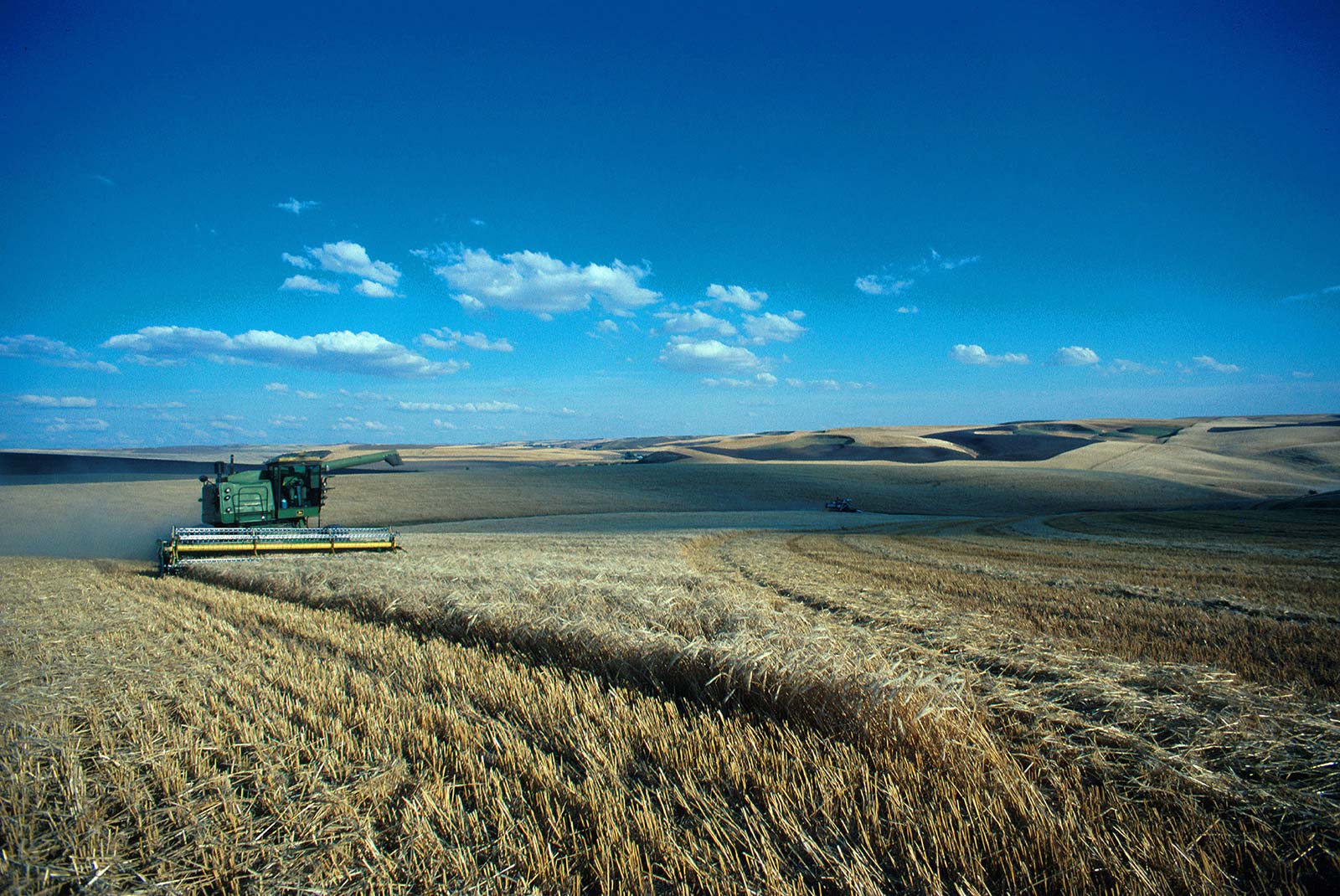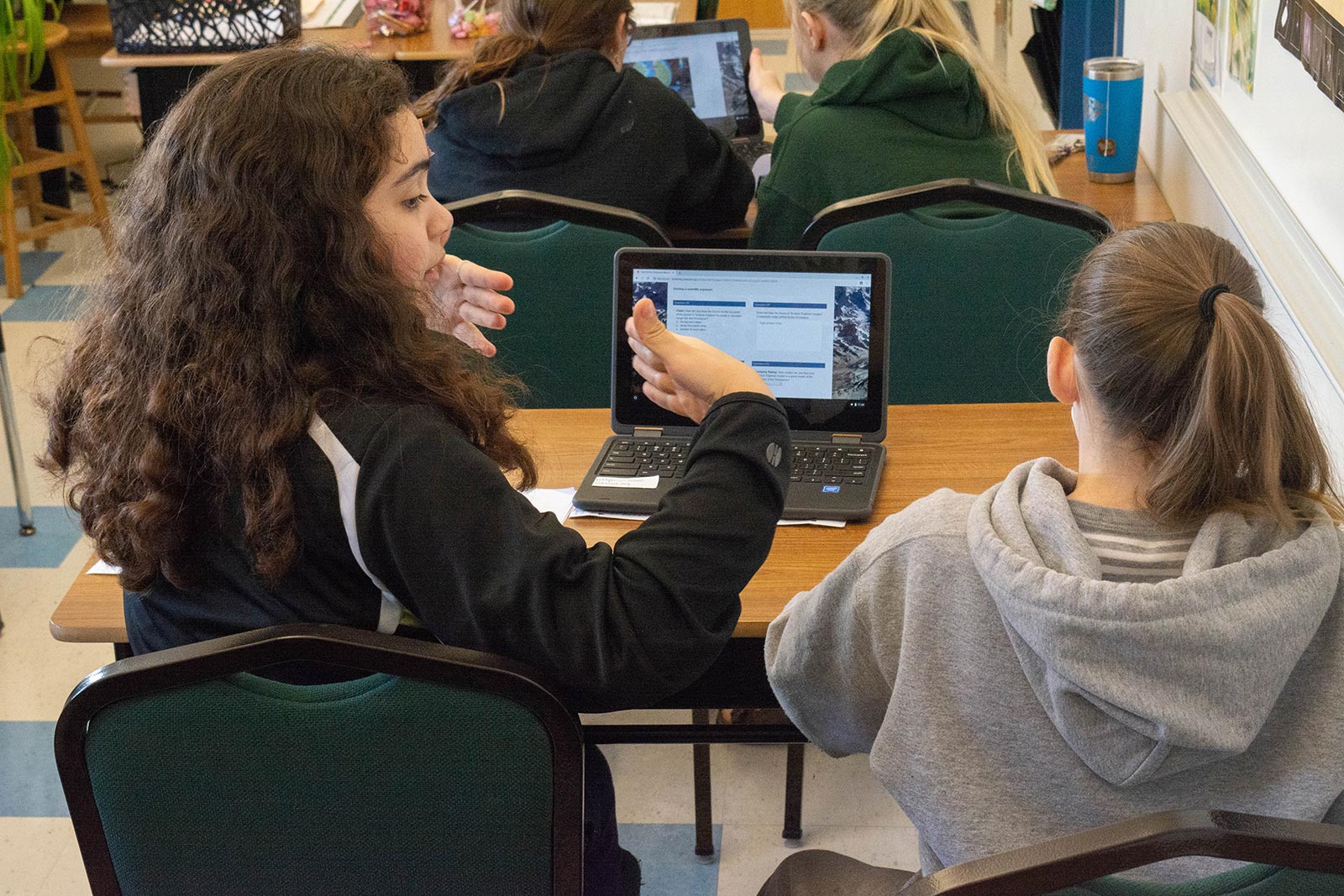Doing Geosciences the Way Scientists Do, Seismic Shifts in Supporting Teachers in Earth Science Classrooms, Exploring the Spread of Wildfires, and more in Winter @Concord
Perspective: Transforming Earth Science Education with Technology
When natural hazards such as floods, tornadoes, hurricanes, volcanoes, and earthquakes occur and impact our lives, we sit up and take notice. The truth, of course, is that everything in our lives is dependent on Earth. We rely on Earth's energy, mineral resources, fresh water, and atmosphere. The motion of Earth's plates is responsible for the land we live on as well as the recycling of carbon dioxide between the oceans and the atmosphere. But humans also impact Earth's processes. We pollute, burn fossil fuels, and deforest the land. These actions trigger climate change, soil erosion, a decrease in air quality, and the availability of drinking water.
Doing Geosciences the Way Scientists Do
We live on an amazingly dynamic planet. All the landforms around us—mountains, oceans, rivers, deserts, and even continents—are moving, shifting, and reconfiguring themselves in a massive ballet of rock and water. Where and how we live on the surface of our planet is determined by the interactions of Earth’s plates over millions of years. Although many people think that mountains, valleys, and other landforms are static parts of our environment, these are active phenomena, though they are too large and too slow to be easily observed. It all happens at such massive scales of time and space that we see only brief snapshots of this dynamism in the form of events like earthquakes and volcanic eruptions. These invisible geoscience phenomena often significantly impact human lives.
Seismic Shifts in Supporting Teachers in Earth Science Classrooms
Plate tectonics in secondary school is rarely treated as an investigatory science as it does not lend itself well to laboratory experiments—students cannot wait millions of years for the results of an experiment. Changing how Earth systems thinking is taught is going to take a seismic shift.
Exploring the Spread of Wildfires and Interpreting Their Risks
Turn on the news and you will likely hear about a natural hazard. Wildfires in California, flooding in the Midwest, hurricanes across the Atlantic Coast. Natural phenomena cause widespread damage and destruction, and lately they seem to be more frequent and severe. Faced with an imminent threat, however, there is precious little time to research occurrence or risk factors, or to develop a comprehensive plan of action. Indeed, there may be only days or even hours to make a decision: stay or evacuate? A more informed public with a better understanding of the science behind natural hazards can more effectively interpret the risks associated with the hazards and consider vulnerabilities that were previously overlooked.
Visualizing Geohazards and Risk with Code
When the 1992 Cerro Negro volcano in Nicaragua erupted, it released billions of kilograms of tephra—fine particles of ejected rock—over the course of two days. People living near the volcano were affected by this mighty display of power. The tephra and magma that were ejected by the volcano damaged buildings, contaminated water supplies, destroyed plants, hurt animals, and caused human health hazards. Despite widespread damage, the Cerro Negro volcano is considered a fairly small eruption. In more recent years, much larger volcanic eruptions in Alaska and Iceland have disrupted aviation and posed health risks for people living even farther from the volcanic sources. In December 2019, the volcanic island of Whakaari in New Zealand erupted, killing 19 tourists, reminding us that even small eruptions can have fatal consequences.
Can We Feed a Growing Population? Using Simulations to Engage Students
We live in a changing and dynamic world where so much takes place outside the science classroom. Energy flows, water cycles, clouds form, and plants grow. My students want to know what's happening, especially with phenomena they can't see for themselves. For instance, when I teach about land uses in my high school Earth science class, my students are often confused that soil changes over time and is affected by human behavior. Models and simulations can help students see what's happening. So I love the High-Adventure Science module "Can we feed the growing population?" which incorporates models of land use.
Making Uncertainty Accessible to Science Students
Theoretical physicist Werner Heisenberg once proclaimed, “What we observe is not nature itself, but nature exposed to our method of questioning.” The goal of science is to develop a fundamental understanding of natural phenomena, but the road to understanding is neither straightforward nor simple. Nature is complex, and it is this complexity that both excites scientists and limits their explanations.
Earth Science Resources
Many of the innovative classroom and teacher resources described throughout this Earth science special issue are available for free. Learn more here.






